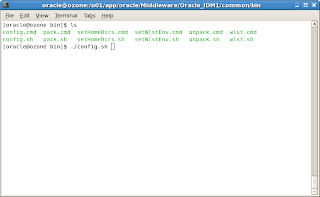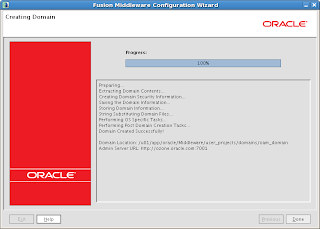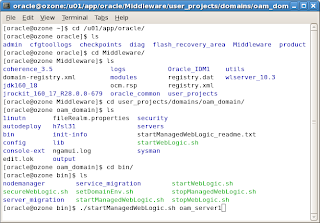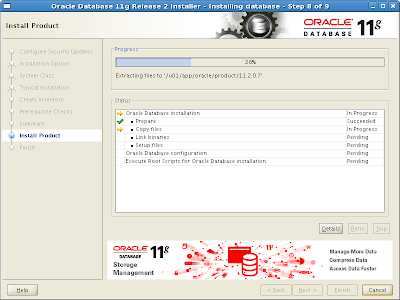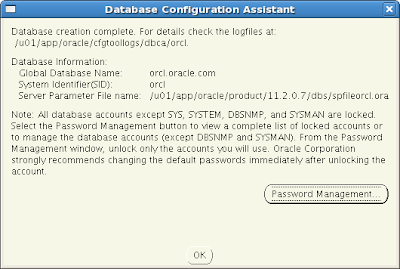This is one area which I found very interesting and challenging.
Well, I would like to talk & give directions about various tuning aspects of Oracle Access Manager.
The Oracle Access Manager deployment guide and sizing guide (also called capacity planning) are references for this.
The tuning process has to be in the following order:
- Tuning the Database: In my case, we have used Oracle database and tuning guide is here.
- Tuning the LDAP: In my case, we have used Oracle Internet Directory as user store. OID tuning guide is here. No matter how well you tune the Oracle Access Manager, it makes to trip to LDAP for authentication and authorization calls. So, it is vital to tune the LDAP prior to Oracle Access Manager.
- Tuning the Web Server: Oracle Access Manager web components such as webpass and webgate webserver components has to be tuned well. In my case, we have used OHS WebServer (tuning documentation) and Apache WebServer (tuning documentation) for webgates and webpass components.
- Tuning the Oracle Access Manager: Components to be tuned here are Identity System and Access Server.
- Tuning the network: The performance of the overall network, or network latency, is a major factor in the performance of the system. A reduction in network latency will be reflected in the performance of Oracle Access Manager. Documentation is here.
